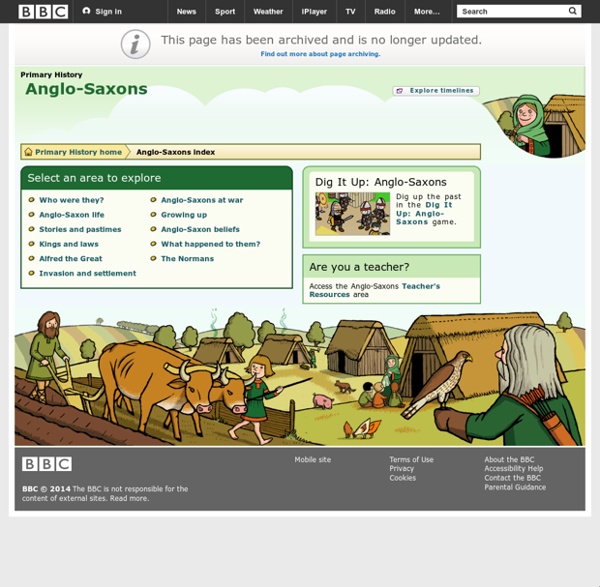



Primary History - Ancient Greeks Who were the ancient Greeks? Who were the ancient Greeks? Discover different ancient Greek cities and find out how they were ruled. How did the Olympic Games begin? Learn how the Olympic Games began over 2,700 years ago! What was it like to live in an ancient Greek family? What was everyday life like in ancient Greece? Who were the ancient Greek gods and heroes The Greeks believed in many gods and goddesses. The ancient Greeks at war Learn about ancient Greek soldiers, the Spartan soldier state and read about famous Greek battles. What do we know about ancient Greek culture? Find out what ancient Greek theatre was like and learn about different ancient Greek festivals and art How did the ancient Greeks change the world? What did the ancient Greeks do for us? 3 class clips We have a selection of great videos for use in the classroom Links BBC History for Kids
Dracula: The Terrifying Truth The rugged Transylvanian Alps provide one of the most spectacular landscapes in Europe. Hawks soar around the craggy, snow-covered peaks, while bears and chamois take refuge in the dense forests below. Medieval villages and the ruins of once-proud castles can abruptly materialize through the mist, as if daring outsiders to uncover their secrets. Transylvania also produced a leader known as a defender of the Christian faith, a Romanian hero, and a subhuman monster. His name was Prince Vlad, but the world knows him by his nickname: Dracula. The Order of the Dragon Vlad, or Dracula, was born in 1431 in Transylvania into a noble family. "Dracula" means "son of Dracul" in Romanian. Warrior in Chains Dracula lived in a time of constant war. Dracula was imprisoned, first by the Turks, who hauled him away in chains, and later by the Hungarians. Vlad the Impaler From 1448 until his death in 1476, Dracula ruled Walachia and Transylvania, both part of Romania today. Defender of the Faith
Dracula was born in 1431 in the Transylvanian city of Sighisoara The Real Dracula By John Fasulo Who is the real Dracula? When the name “Dracula” is mentioned, should we refer to the undead blood-sucking vampire who sleeps in coffins and transforms into a bat, or should we reflect upon a fifteenth century Romanian prince with an obsession for impalement? Such questions lead us to realize that folklore offers us one Dracula, while history offers us another. Raymond McNally and Radu Florescu (a descendant of Dracula’s younger brother) dedicated their lives to finding the truth about the historical Dracula, and translated hundreds of Romanian, Russian, and German accounts in their book, In Search of Dracula. The real Dracula, Vlad Tepes III Dracula, was born during the winter months of 1431 in the Transylvanian fortress of Sighisoara, located in Romania.[2] Dracula’s father, Vlad II, had three sons: the eldest, Mircea; Vlad, who kept his namesake; and Radu, who would come to be known as “The Handsome.” My sacred mission is to bring order to Romania.